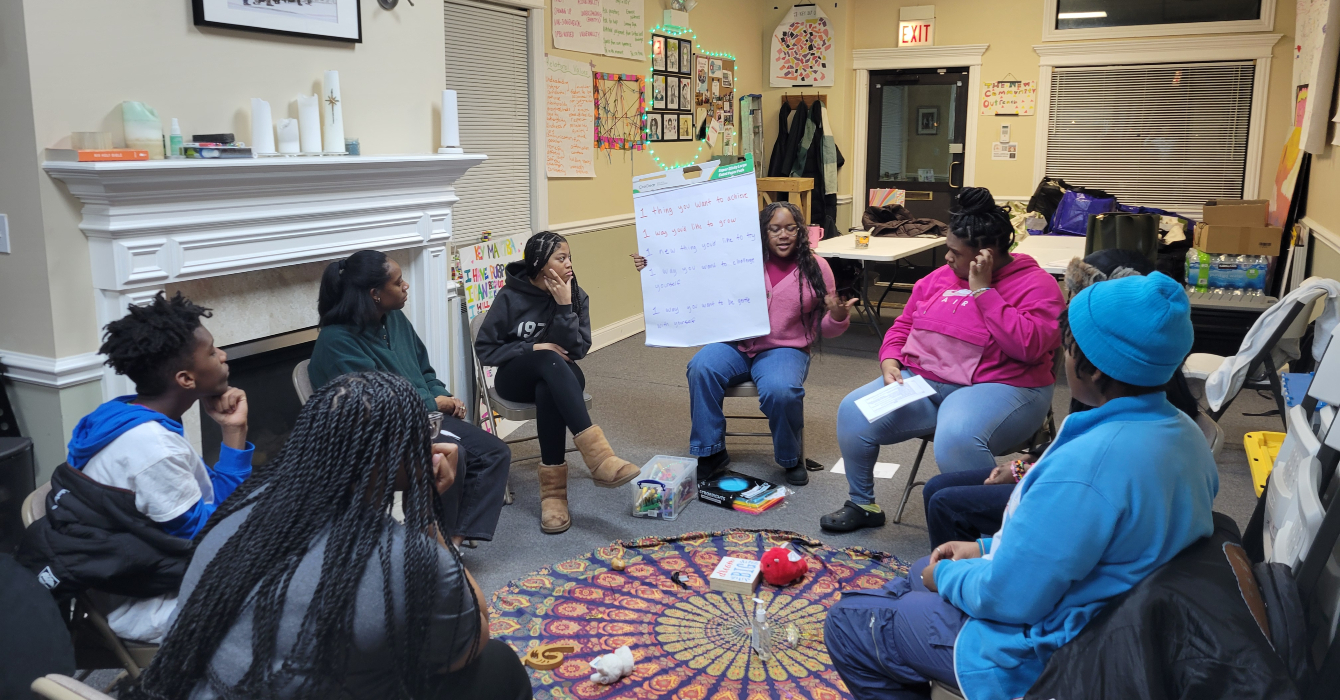Before I left on a recent trip to Sudan with my parish, a number of people asked, “What are you going to do there?” “We’re going to visit,” I responded. While our parish has helped build schools, a cathedral and a theological college in the Diocese of Renk, our primary connection for more than 15 years has been a relationship with their bishop. We did not go to Sudan to do anything in particular; we went to be with people and deepen our connections.
My parish’s link with this diocese is a typical example of how mission relationships between American churches and churches in the developing world have changed. Many churches are shifting from institutional connections to local, grass-roots connections. National church ministries continue to offer support for work overseas, of course, but the grass-roots connection such as the one in my parish is becoming the new paradigm.
One of the main advantages of this new model is the emphasis upon partnership based in friendship. When a national church supports missionaries or funds projects, knowledge of this work rarely trickles down to local parishioners. When a parish connects with a church overseas, however, individual parishioners hear of these connections week after week; those previously oblivious of mission projects engage new relationships overseas.
Suddenly the theology of what it means to be “one holy, catholic and apostolic church” has a profound meaning for those in the pew. While denominations generally fund broad initiatives, this paradigm allows funding for smaller projects because of the people-to-people connection. Traveling through Sudan, I saw agricultural projects, brick-making initiatives and small cafes generating income for small dioceses and churches -- projects often initiated with American partners.
There are also disadvantages to this model, however. Since these mission connections are based upon personal relationships, a leadership change in one organization can profoundly affect the mission. One Sudanese church leader told me that he worries when his American partner organizations change leaders, because he doesn’t know if the new leader will share the same connection with -- the same passion for -- his diocese.
Another disadvantage of this model is that it tends to favor church leaders overseas who are more charismatic and have a stronger command of English. These leaders tend to form relationships easily, while others struggle to make connections.
The question becomes, how do we sustain these new mission relationships? Our Christian commitment pushes us to care for churches overseas and support people living in poverty. This commitment entails more than short-term projects; it is inherently a long-term affair. A mission relationship must be truly based in mutuality to endure.
I offer four guiding principles to help congregations as they consider such relationships and their development over time. These principles are drawn from my experience as an appointed missionary of the Episcopal Church working with the New Sudan Council of Churches, as well as the Episcopal Church’s vision document “Companions in Transformation.”
Enter mission companionships intentionally. When looking to engage in mission, take time to discern and explore possible relationships. Make exchange visits with church leaders overseas to see if this mission is a good fit with each organization’s culture and priorities. Both sides should communicate clearly that they are in an exploratory stage, resisting any pressure to make promises for a long-term commitment until a mutual agreement is reached.
Consider the relationship a long-term commitment. As a companionship is established, agree together on the parameters of the relationship, whether verbally or in writing. For the relationship to endure, it must involve commitment from laypeople as well as clergy. Cultivate buy-in and structure for the long-term relationship through lay involvement: take laity on exchange visits and give laity leadership responsibilities early on.
Follow friendships first, then consider funding. Most mission relationships of this kind involve transfer of funds from American churches to churches overseas. Such support is important, but the relationship is central. The best way to keep relationships alive is through mutual visits sharing life together, even if such visits are expensive. A church leader in Central America once advised American church leaders, “If it costs $1,000 to come see us and you have $2,000, come see us and give $1,000 for local projects. If you only have $1,000, just come see us.”
Use denominational resources. Church institutions still play a vital role. Institutions often have staff to assist local parishes in managing mission companionships; they can help make initial connections and identify those who struggle to find overseas partners. Finally, institutions often support networks of parishes and organizations involved in the same region. For example, the American Friends of the Episcopal Church of Sudan (AFRECS) is a network of parishes involved in Sudan who meet regularly to share lessons learned and coordinate work.
The changing mission paradigm carries extensive possibilities for deepening friendships with fellow Christians overseas. The enduring challenge is to sustain these relationships so that all can benefit from new opportunities of Christian fellowship.









